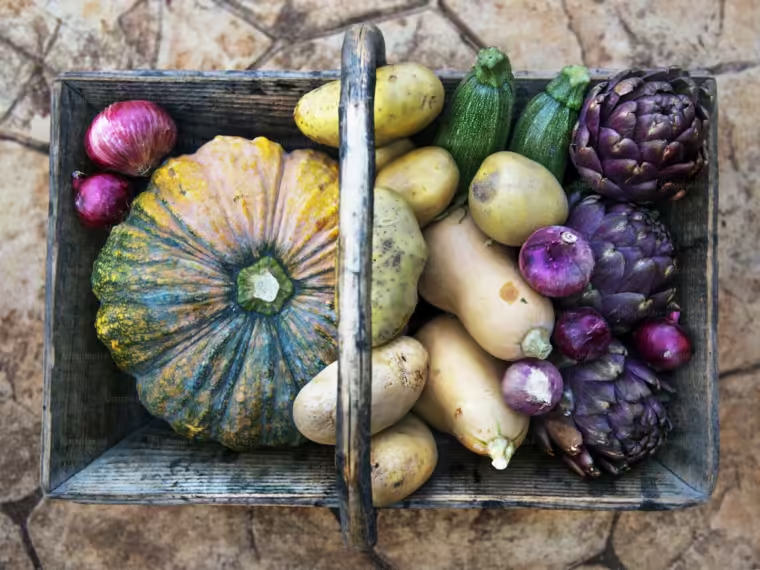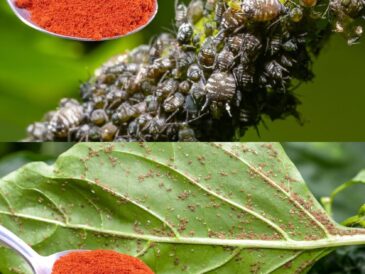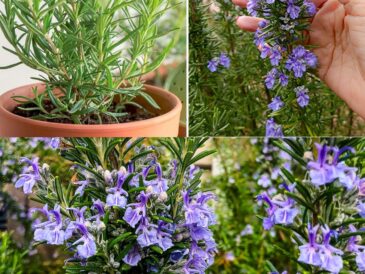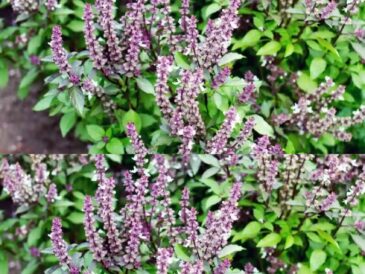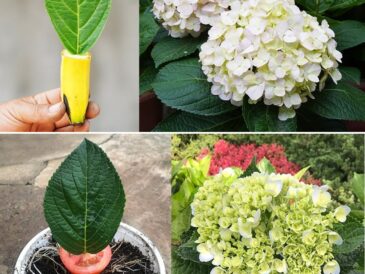Ten Veggies to Plant in Fall
- Spinach
Spinach loves cooler weather and can even withstand light frost. Plant it in the fall, and you’ll have fresh leaves by early spring. Some varieties can even be harvested throughout the winter in mild climates. - Garlic
Garlic is one of the easiest crops to plant in fall. Simply plant the cloves in well-drained soil, and by summer, you’ll have large, flavorful bulbs. The cold winter helps garlic form larger bulbs. - Carrots
Carrots thrive when planted in fall because they prefer cooler temperatures. The seeds will germinate quickly in warm soil, and by early spring, you’ll have a fresh batch of sweet carrots. - Lettuce
Fall is ideal for planting lettuce because it grows best in cooler weather. Start planting in late summer, and you’ll have fresh salads before winter, with some varieties overwintering to sprout again in spring. - Beets
Beets grow well in fall, as they prefer cooler temperatures. They germinate quickly in warm soil and can withstand light frost, giving you a steady supply of beet greens and roots. - Radishes
Radishes grow incredibly fast, making them a perfect fall crop. They germinate in just a few days and are ready to harvest in under a month. Plant them now, and enjoy fresh radishes well into fall. - Broccoli
Broccoli is a cold-hardy vegetable that grows best in the fall. The cooler temperatures enhance its flavor, and it can handle light frosts, making it a reliable crop for fall planting. - Kale
Known for its hardiness, kale is an ideal fall vegetable. It thrives in cool weather and even becomes sweeter after a light frost. Plant it in early fall for continuous harvests throughout winter and spring. - Onions
Onions are best planted in fall to give them a head start. They’ll spend the winter developing strong roots and will be ready for harvest in late spring or early summer. - Peas
Planting peas in fall allows them to develop strong roots before winter. By the time spring arrives, they’ll be ready to produce an abundant harvest of tender pods.
Tips for Successful Fall Planting
- Mulch: After planting your seeds or transplants, apply a thick layer of mulch to help retain moisture and regulate soil temperature.
- Water: Even though temperatures are cooler, don’t forget to water your fall crops regularly to help them establish roots before the first frost.
- Row Covers: If you live in an area with early frosts, consider using row covers to protect your plants as they mature.
- Timing: Pay attention to your local frost dates and plan accordingly. Planting too late in the season may not give your crops enough time to establish.
By planting these veggies in the fall, you’ll enjoy a head start on your garden next year. Take advantage of the warm soil, cooler air, and reduced pests to give your garden the boost it needs for a productive and healthy spring harvest!
Pages: 1 2

